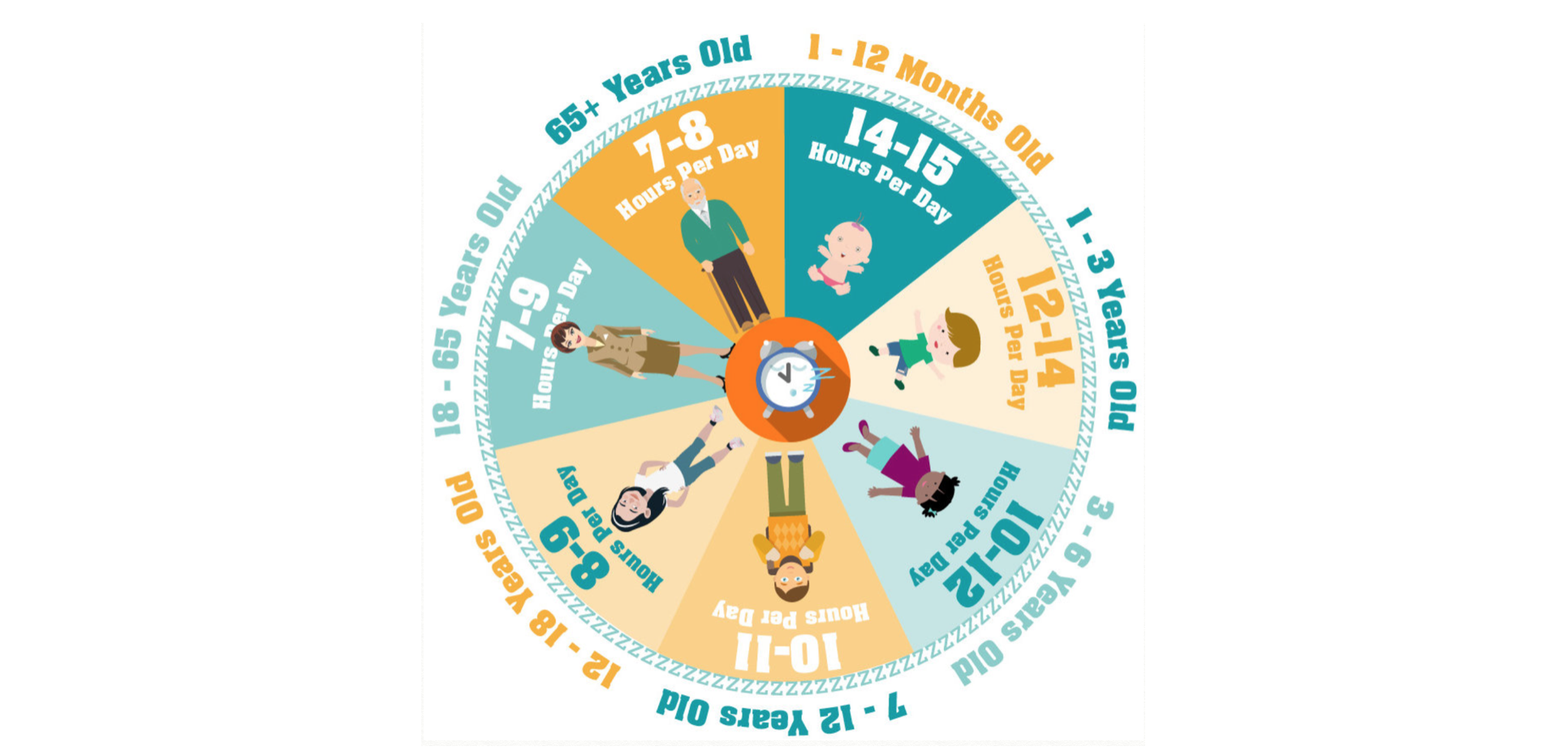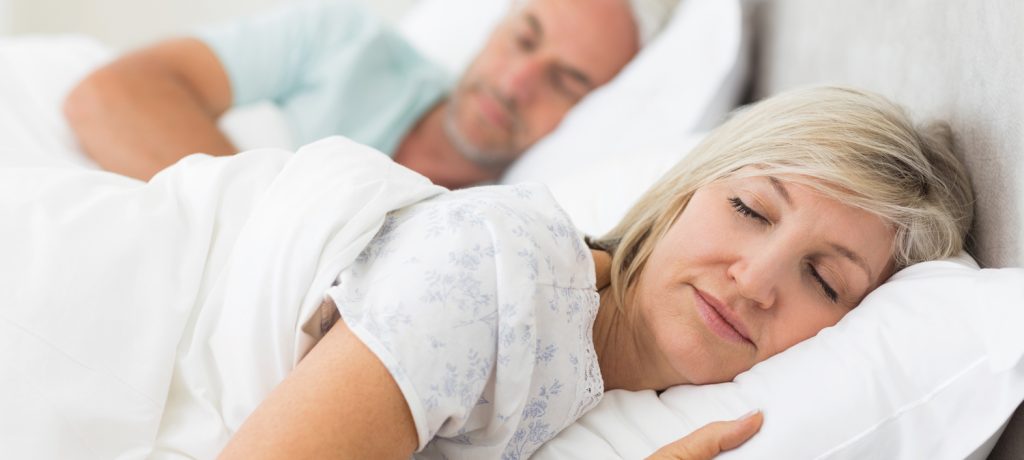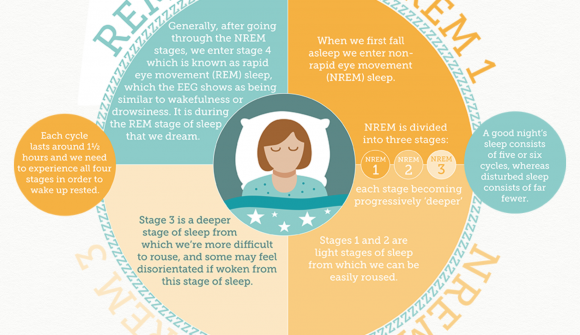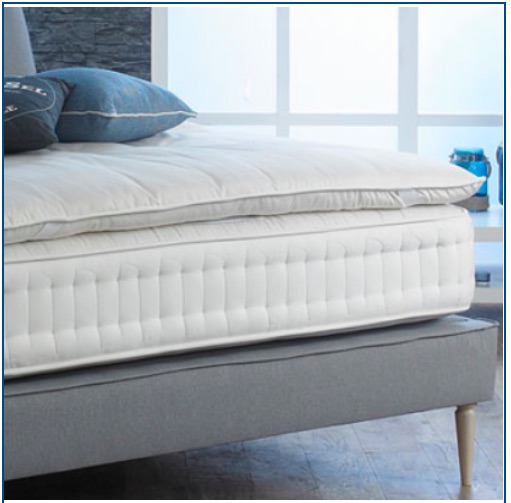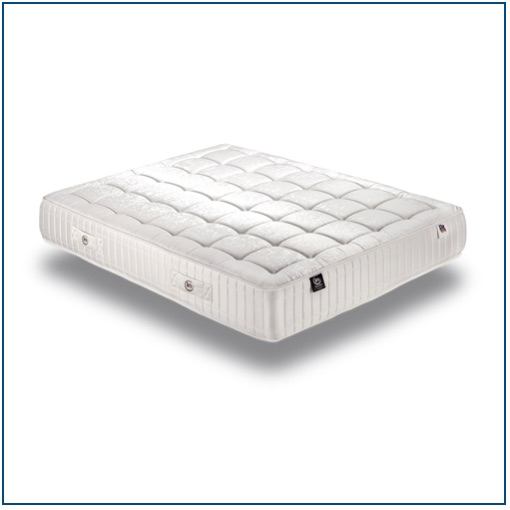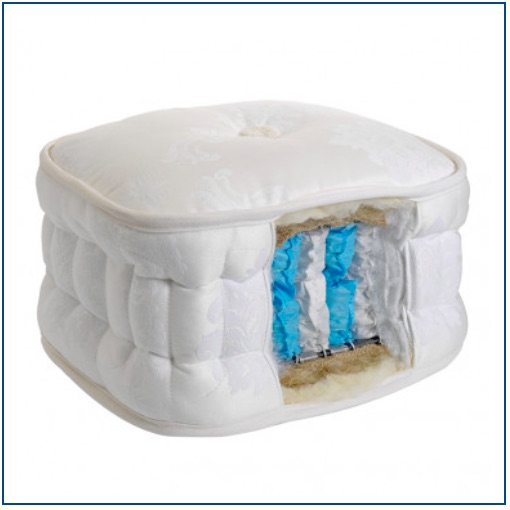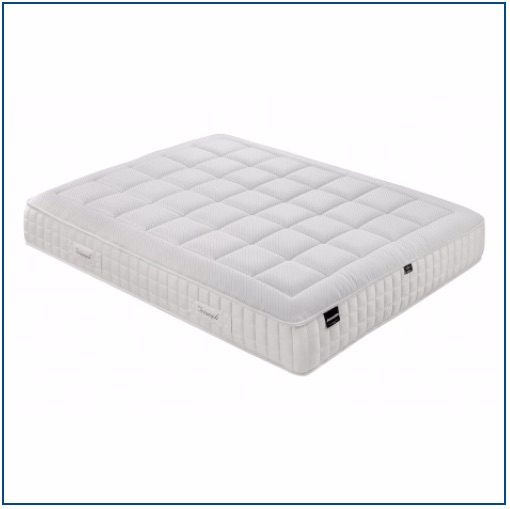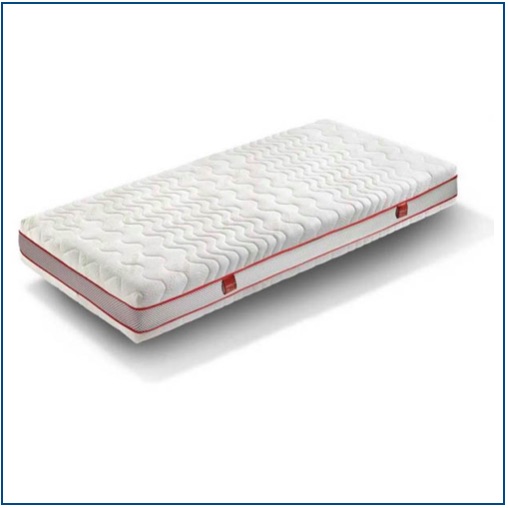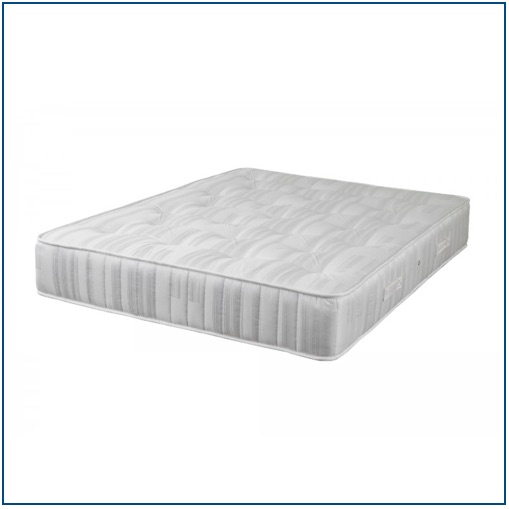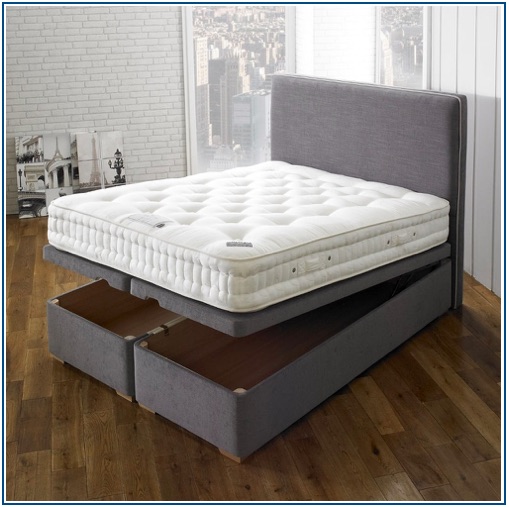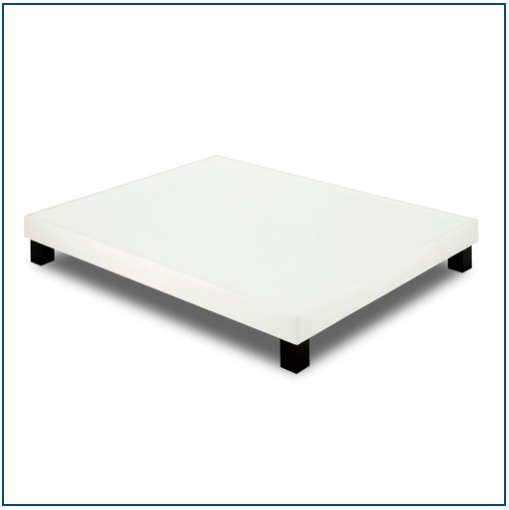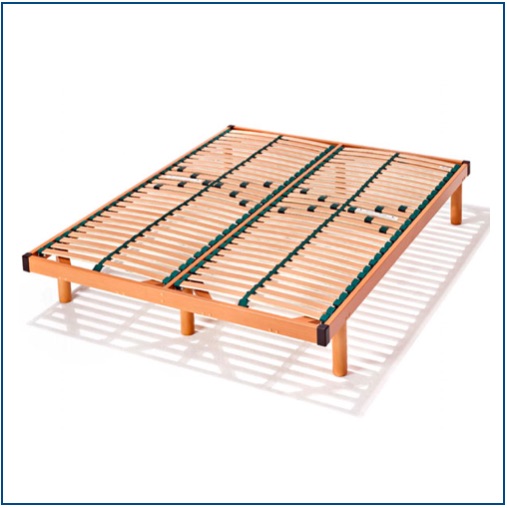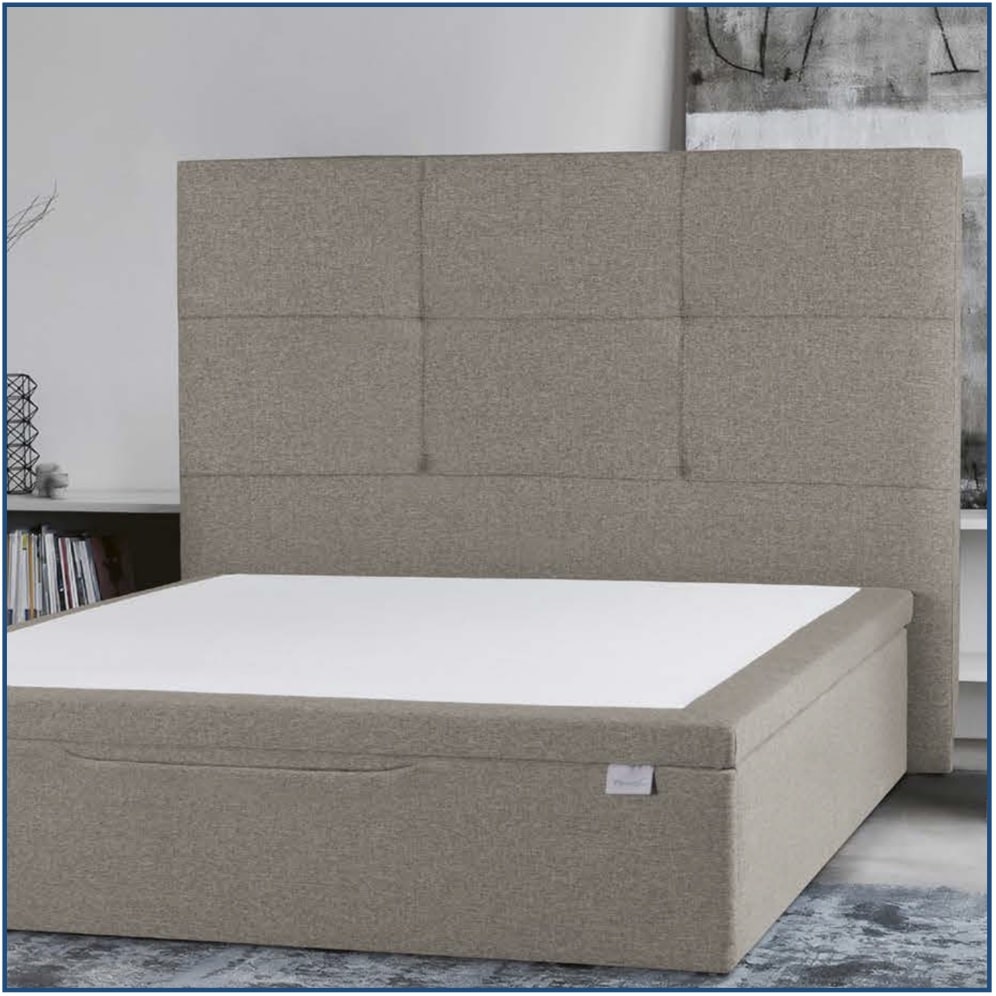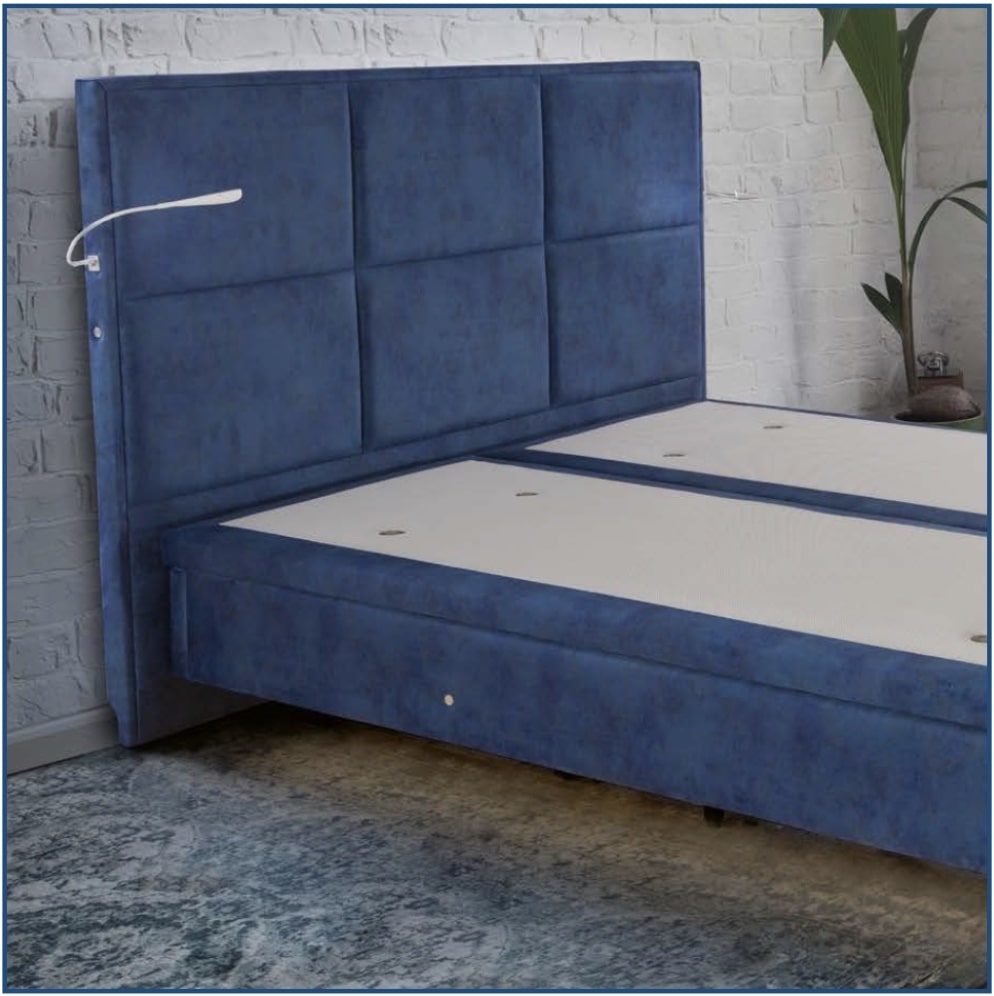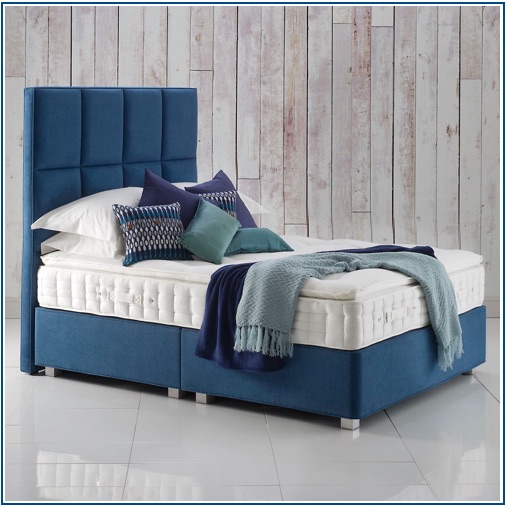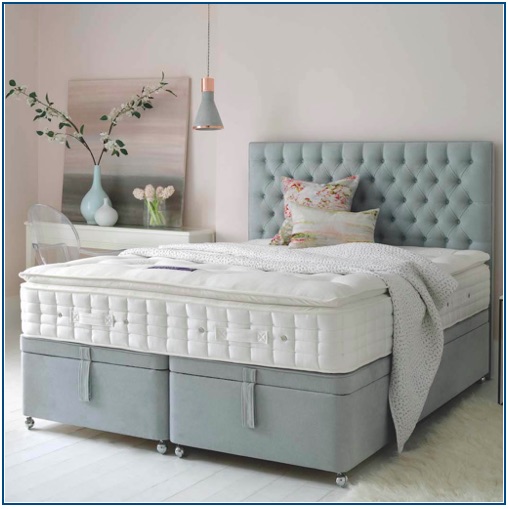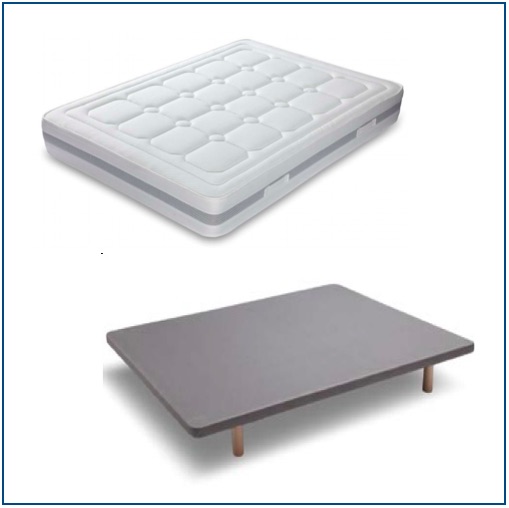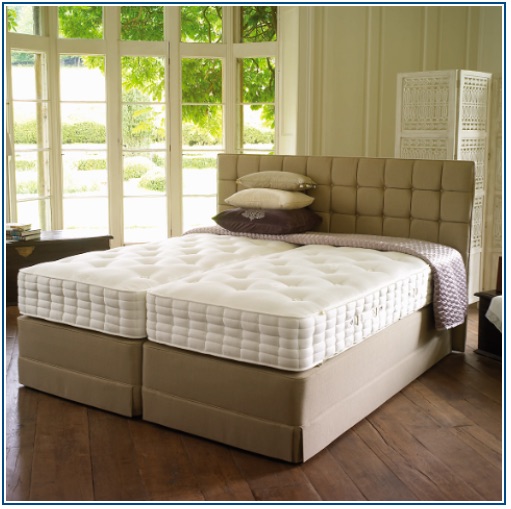How much sleep do we need?
What is sleep and why do we do it? It may at first seem glaringly obvious, but the question of sleep is actually quite mysterious. In simple terms, it is an extended bout of rest we experience on a daily basis, where we most often lay down with our eyes closed. But there’s more to sleep than meets the eye.
The average person spends around a third of their life asleep. In this time, our bodies are able to replenish energy stores and make repairs, while our minds organise and store the memories of the day before. The amount of sleep you need depends on your age, sex, health and other elements, and sleep cycles change as we grow older.
Sleep is underrated on the health scene as lack of it can cause all sorts of health problems including memory issues, mood changes, weakened immunity, high blood pressure, risk of diabetes, poor balance, low sex drive and weight gain to name just a few.
An average person spends approximately a third of their life asleep and during this time the body repairs itself, replenishes energy stores and organises and stores memories from the day before.
The amount of sleep each person needs relies on various factors like age, sex, and general health. As we grow older we need less sleep but as always it’s the quality of sleep that’s just as important as the hours we sleep.
Having the right sort of mattress for your body shape and weight can make all the difference, it’s important not to buy a mattress that is too firm if you sleep on your side as pressure on hips and shoulders builds up and forces you to move more therefore giving you a restless night.
Your sleep environment is also super important. Try to make your bed as comfortable as possible. If your mattress is a bit firm for you, try a topper to give you comfort on the hips and shoulders. Your sheets should be smooth and comfortable, cotton is a great option as it is natural and thermo-regulating it will help you to keep cool and fresh throughout the night.
Your pillow is just as important, we all have different preferences but a pillow that supports the neck is essential.
A good pillow is key to sleeping soundly, night after night, and to waking without pain and stiffness. Your pillow helps to support a healthy sleep posture. What does that posture look like? A body in alignment, from the knees and hips, through the spine to the chest and shoulders, head and neck.
If your neck and shoulders don’t get sufficient support or are propped at an angle that causes twisting, craning, or crunching, this puts your spine and body out of alignment, leading strain and discomfort in your neck, shoulders, and back, as well as sleeplessness.
When we first fall asleep we enter non-rapid eye movement (NREM) sleep. NREM is divided into three stages 1, 2 and 3, each stage becoming progressively deeper.
Stages 1 and 2 are light stages of sleep from which we can be easily roused.
Stage 3 is a deeper stage from which we’re more difficult to rouse and some may feel disorientated if woken from this stage of sleep.
Generally, after going through NREM stages, we enter stage 4 which is known as rapid eye movement (REM) sleep, which is etc EEG shows as being similar to wakefulness or drowsiness. It is during the REM stage of sleep that we dream.
Each cycle lasts around 1.5 hours and we need to experience all four stages in order to wake up rested.

